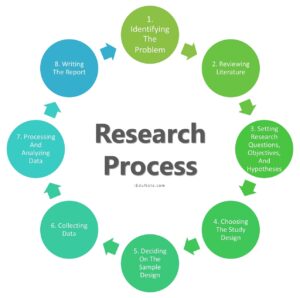Inside Mindron’s Research & Development Process
Take a behind-the-scenes look at how Mindron develops world-class diamond detection machines with advanced CVD and HPHT capabilities.
In the diamond industry, technology can never stand still. As counterfeit and synthetic diamond production methods — including CVD and HPHT processes — continue to evolve, so must the machines that detect them. At Mindron, we recognize that staying ahead means continually enhancing our detection systems to meet new challenges in accuracy and reliability. Our dedicated research and development (R&D) team works tirelessly to design, test, and refine diamond detection machines that deliver unmatched performance in real-world conditions. Every innovation is backed by advanced scientific analysis, precision engineering, and rigorous quality control to ensure consistency in detecting natural, synthetic, and treated stones. By integrating the latest optical, thermal, and fluorescence
Step 1: Understanding Industry Challenges
Our R&D team studies the latest trends in synthetic diamond manufacturing, including advancements in CVD and HPHT processes. This allows us to design machines that can reliably detect even the most sophisticated fakes.
Step 2: Prototyping and Testing
- Prototype CVD detection machines and HPHT detection machines undergo rigorous testing in simulated environments.
We use real-world diamond samples to ensure accuracy.
Step 3: Feedback Loop
Before launching a product, we work closely with gem labs and jewelers to gather feedback. This real-world input ensures our machines meet operational needs.
Step 4: Continuous Innovation
Mindron never stops improving. We roll out firmware updates and hardware refinements based on the latest industry developments.
Conclusion & CTA
Every machine to detect fake diamonds we build is the result of scientific rigor, industry insight, and client collaboration.
Get in touch with Mindron to learn more about our technology pipeline and upcoming innovations.


